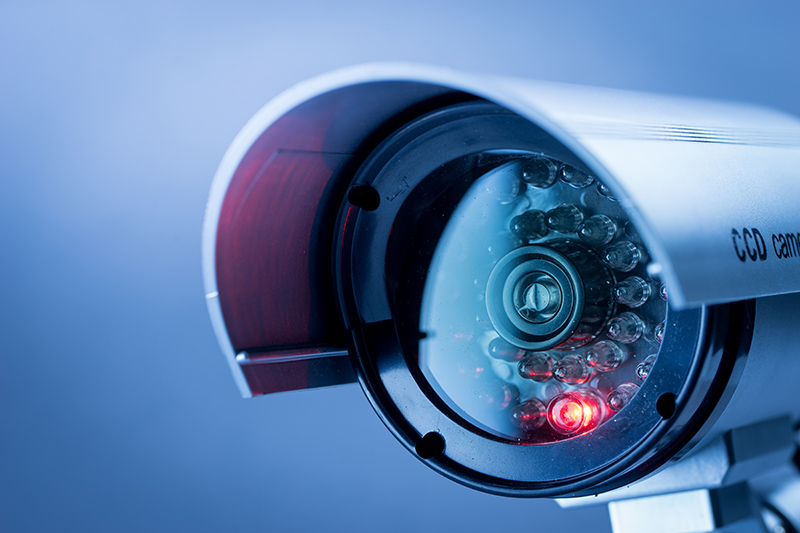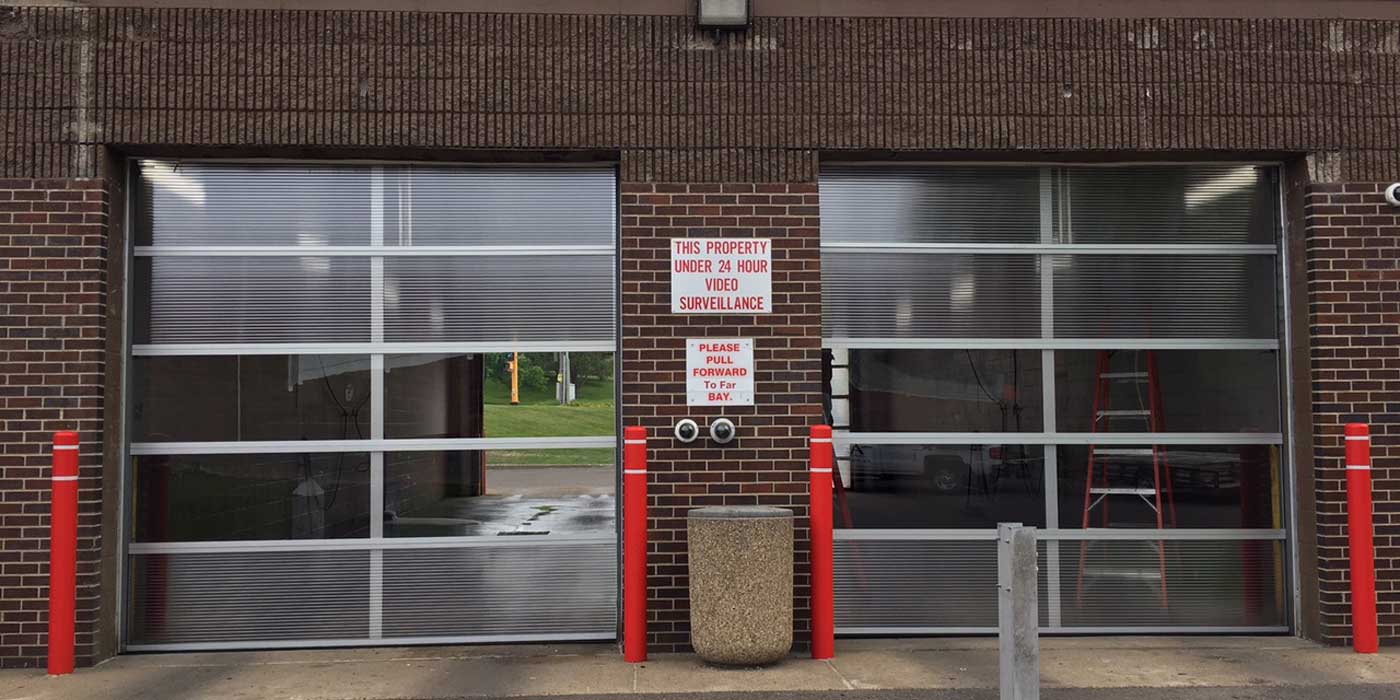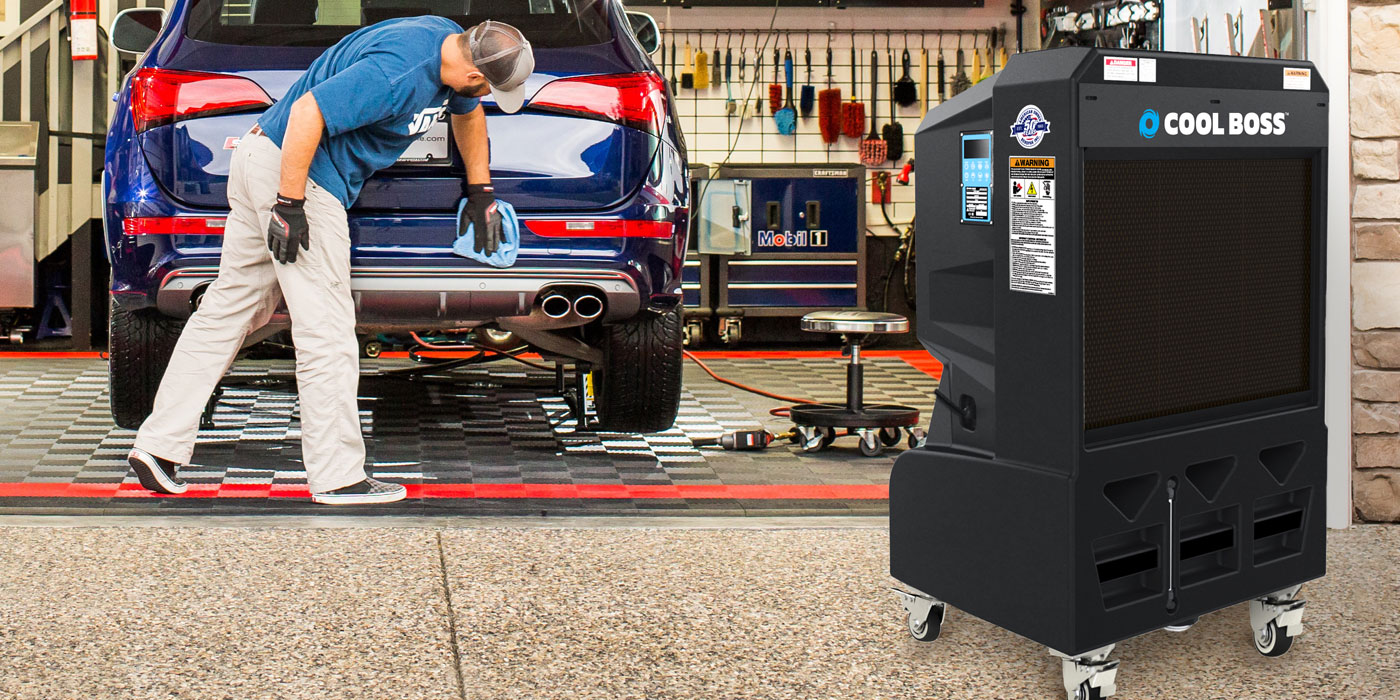According to the article “4 tips for designing and installing a surveillance system in your business” by contributor Tony Pacheco on www.techrepublic.com, advances in technology have made it increasingly easier for businesses to set up their own single- or multi-camera surveillance system.
Still, Pacheco notes that such setup requires great attention to detail as well as thorough research, so if you require assistance at any time, it is best to call in professional installers. However, if you plan to set up a system without professional help, here are some tips Pacheco recommends for your cameras.
Placement
Placement is the most critical aspect to setting up a surveillance system. In order to maximize your surveillance area, you need to install cameras to cover the most area with little overlap. Make sure you know what is and isn’t in a camera’s view angle.
If you need a closer shot on something, such as a cash register, then make sure you get extra coverage for the sides. Remember, the tighter your shot, the more potential you have for missing parts of your business. In that case, having cameras overlap or using a wider angle will help.
Related: Wash Wisdom: 10 tips to prevent your carwash from being burglarized
Finally, consider the environment. Cameras in outdoor or other harsh environments need special protection against the elements. Also, if a camera is going to be placed outdoors or near entrances and exits, it needs to be able to see in the dark.
Types
In addition to fixed cameras, which are a solid foundation to any surveillance system, there are many other types of cameras to consider. Pan-Tilt-Zoom (PTZ) cameras are good for monitoring suspicious activity, but they are often more expensive than fixed cameras and lack the high resolution others have. In addition, PTZ cameras can only see as much as a fixed camera if an employee isn’t there to actively operate it. These cameras are not needed unless someone is monitoring surveillance at least 90 percent of the time.
Other camera options available include 360-degree and panoramic cameras, fisheye lenses, thermal imaging and night vision, and explosion- and waterproof cameras and housing. Fisheye lenses are good for cameras in corners of rooms where you still can’t see everything you want with a standard lens. A 360-degree camera is useful in large, open, indoor areas with heavy traffic. This setup is essentially four fixed cameras, but the system allows you to move through them in review.
Setup
Surveillance systems that you purchase from a big-box retailer like Walmart or Best Buy will generally contain a few fixed cameras, a DVR for video storage, wires and hard drives. Some sets may even have joysticks or touchscreens, but it’s best to determine the equipment you need before purchasing. Remember, if a joystick wears out, its parts can be replaced, but if a touchscreen dies, the entire screen will have to be replaced, and more than likely the keyboard as well. Finally, as far as off-site monitoring is concerned, while being able to view footage using an app or IP address is very convenient, if it is not protected by a security company it is vulnerable to hacking.
Related: Carwash security best practices
Legality
In addition to the legality of off-site monitoring, there are other legal and privacy issues to be aware of:
- Restrooms and dressing rooms should not have coverage beyond the entrance/exit, but be mindful of what else the view may be capturing.
- If you have coverage in the break room or pointing towards a neighboring business, be sure that coverage is necessary. While there are legitimate reasons for such coverage, employees may not like to feel spied on during their breaks.
- Law enforcement can subpoena any crime footage captured on camera.
- Audio and video recording laws differ by state, so research what your state’s laws are to make sure you aren’t breaking any.
In the end, if you put surveillance cameras in public areas, it’s often best to put up a sign stating that the area is under surveillance.
Read the original article here.














